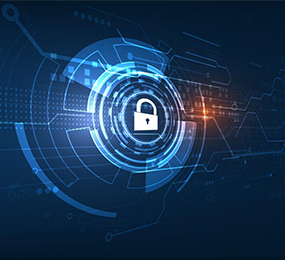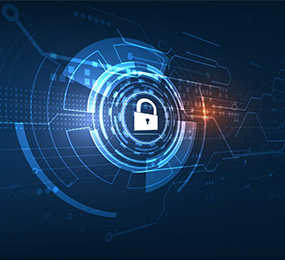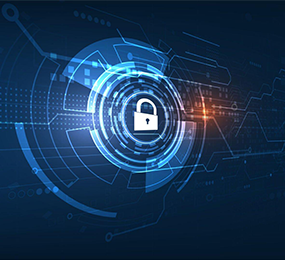Cyber Security Risk Assessment for Renewable Energy Projects: A Step-by-Step Guide
As renewable energy projects continue to grow in popularity, cyber security risks have become a major concern for companies and organizations in the sector. Cyber-attacks can cause significant financial and reputational damage, as well as disrupt the availability and reliability of energy supply. Therefore, it is important for companies to conduct a cyber security risk assessment to identify and mitigate potential vulnerabilities.
Identify Critical Assets
The first step in a cyber security risk assessment is to identify the critical assets that need protection. These can include physical assets, such as power generation equipment and communication systems, as well as data assets, such as customer information and intellectual property. Once these assets are identified, they can be prioritized based on their importance and potential impact in case of a cyber-attack.
Identify Potential Threats
The second step is to identify potential cyber threats. These can include external threats, such as hacking and malware attacks, as well as internal threats, such as insider attacks and human errors. It is important to consider all possible threats and assess their likelihood of occurrence and potential impact.
Identify Vulnerabilities
The third step is to identify vulnerabilities that could be exploited by cyber attackers. These can include weak passwords, outdated software and hardware, and insufficient access controls. It is important to assess the effectiveness of existing security measures and identify areas that need improvement.
Assess the Risk
Once critical assets, potential threats, and vulnerabilities are identified, the next step is to assess the level of risk. This involves evaluating the likelihood and potential impact of each identified threat exploiting each identified vulnerability to compromise each critical asset.
Develop Mitigation Strategies
The final step is to develop mitigation strategies to reduce the risk of cyber-attacks. These can include technical measures such as implementing firewalls, antivirus software, and intrusion detection systems, as well as organizational measures such as staff training and awareness programs.
In conclusion, conducting a cyber security risk assessment is a critical step in ensuring the security and reliability of renewable energy projects. By identifying critical assets, potential threats, vulnerabilities, and developing mitigation strategies, companies can minimize the risk of cyber-attacks and protect their assets, customers, and reputation.
Visit our website to know more: https://www.leadventgrp.com/events/renewable-energy-cyber-security-forum/details
For more information and group participation, contact us: [email protected]
Leadvent Group - Industry Leading Events for Business Leaders!
www.leadventgrp.com| [email protected]
















